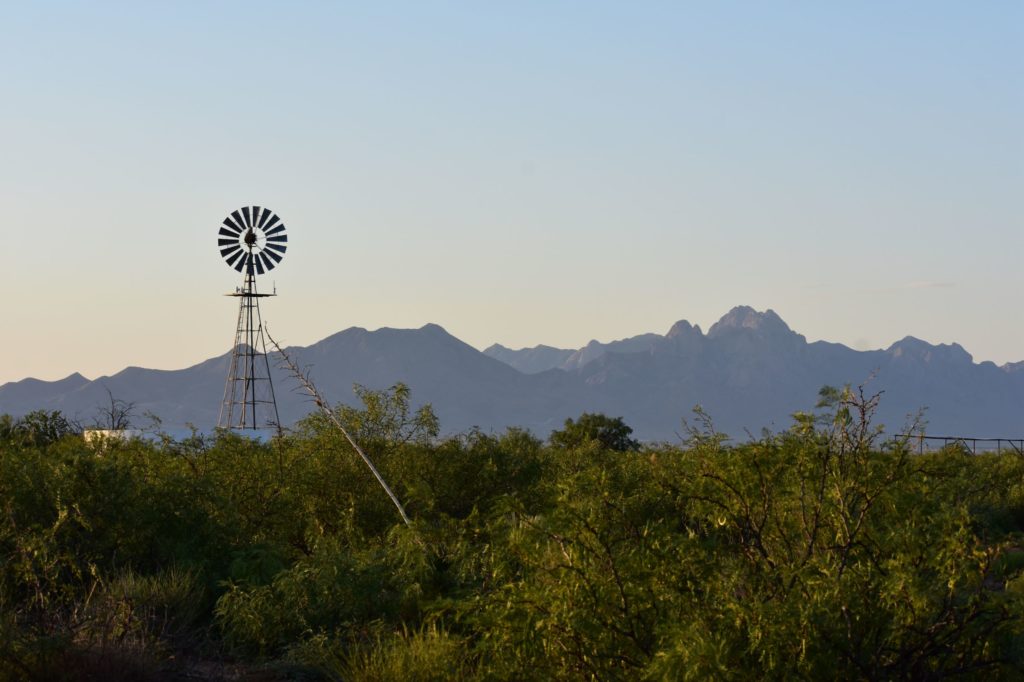Save the date for Eli Perez-Ruiz’s PhD defense on October 29th at 11:00 AM (NM)/10:00 AM (AZ). Eli is a graduate student in the Enrique Vivoni Lab at Arizona State University.
Virtual Link: https://asu.zoom.us/j/89468400360 Passcode: 652688
Title: Land Surface Fluxes in Natural and Urban Landscapes in Arid and Semiarid Regions

Abstract: In arid and semiarid areas of the southwestern United States and northwestern México, water availability is the main control on the interactions between the land surface and the atmosphere. Seasonal and interannual variations in water availability regulate the response of water and carbon dioxide fluxes in natural and urban landscapes. However, despite sharing a similar dependance to water availability, landscape characteristics, such as land cover heterogeneity, landscape position, access to groundwater, microclimatic conditions, and vegetation functional traits, among others, can play a fundamental role in modulating the interactions between landscapes and the atmosphere. In this dissertation, I study how different landscape characteristics influence the response of water and carbon dioxide fluxes in arid and semiarid urban and natural settings. The study uses the eddy covariance technique, which calculates the vertical turbulent fluxes within the boundary layer, to quantify water, energy, and carbon dioxide fluxes within local patches. Specifically, the study focused on three main scopes: (1) how vegetation, anthropogenic activity, and water availability influence carbon fluxes in four urban landscapes in Phoenix, Arizona, (2) how access to groundwater and soil-microclimate conditions modulate the flux response of three natural ecosystems in northwestern México during the North American monsoon, and (3) how the seasonal hydrologic partitioning in a watershed with complex terrain regulates the carbon dioxide fluxes of a Chihuahuan Desert shrubland. Results showed a differential response of landscapes according to their land cover composition, access to groundwater or functional traits. In urban landscapes with irrigation, vegetation activity can counteract carbon dioxide emissions during the day, but anthropogenic sources from the built environment dominate the carbon dioxide fluxes overall. Across an elevation-groundwater access gradient, low elevation ecosystems showed intensive water use strategies linked to a dependance to shallow or intermittent access to soil moisture, while a high elevation ecosystem showed an extensive water use strategies which depend on a reliable access to groundwater. Finally, the mixed shrubland in complex terrain showed an evenly distributed bimodal vegetation productivity which is supported by an abundant water availability during wet seasons and by carry-over moisture in deeper layers of the soil during the dry season. This study highlights how different forms of water availability are responsible for the activity of vegetation which modulates land surface fluxes in arid and semiarid settings. Furthermore, the outcomes of this dissertation help to understand how landscape properties regulate the flux response to water availability in urban and natural areas.